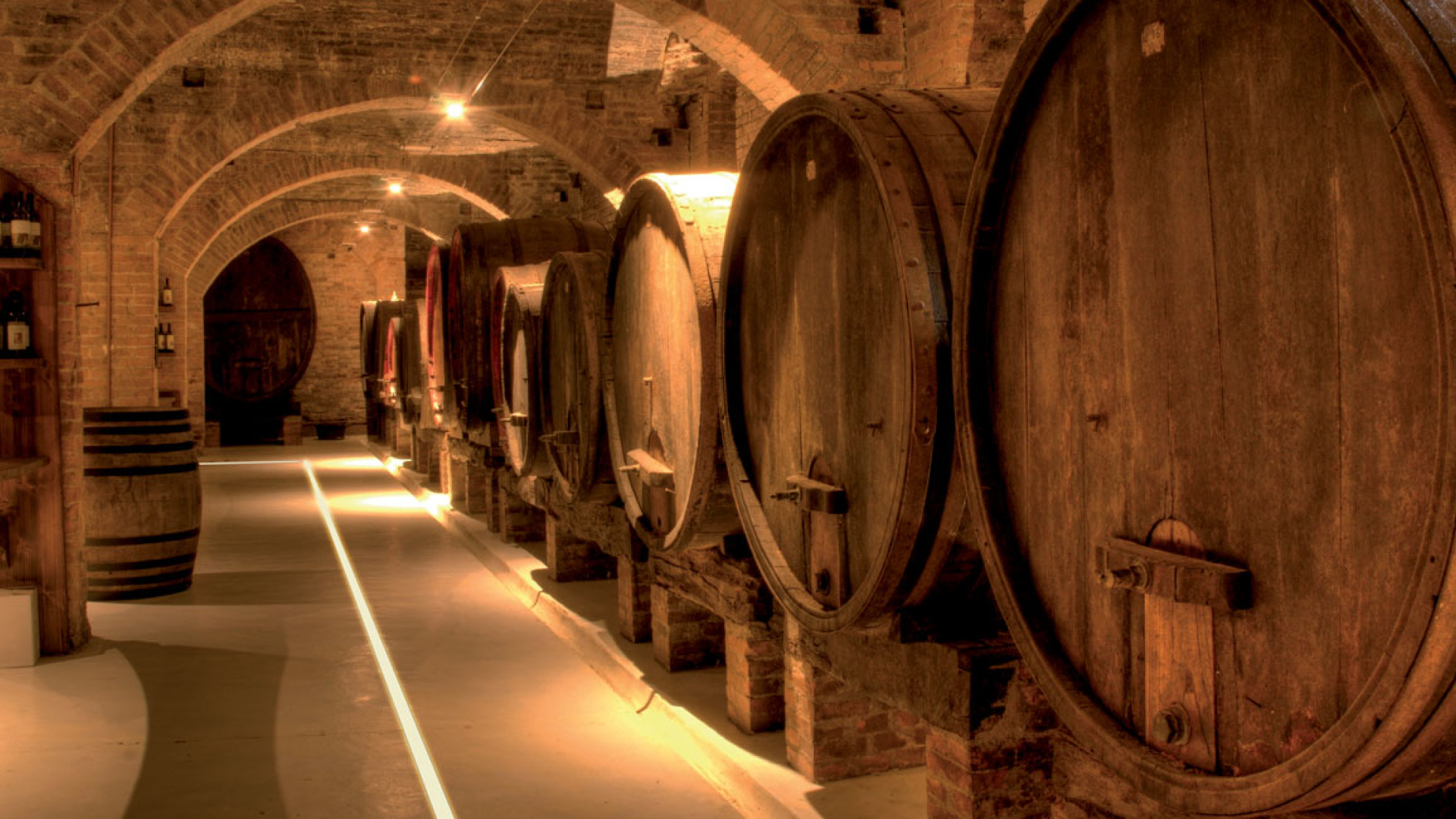
Wine is more than just a drink: it is a sensory experience that begins with its enveloping aroma, evoking memories and arousing deep emotions. Since Roman times, wine has been stored in cool, dark rooms to protect it from the harmful effects of light and temperature variations. Over the centuries, conservation techniques have evolved, and today illumination plays a key role.
The lighting of a high-end wine cellar is more than an aesthetic issue. Proper storage of wine bottles is essential for maintaining their quality. Champagne bottles, in particular, are extremely sensitive to light, as exposure to some wavelengths (<523 nm) can trigger the phenomenon known as ‘light taste’. This defect alters the organoleptic characteristics of champagne, giving it unpleasant notes of boiled cabbage or wet wool, compromising its quality and value.
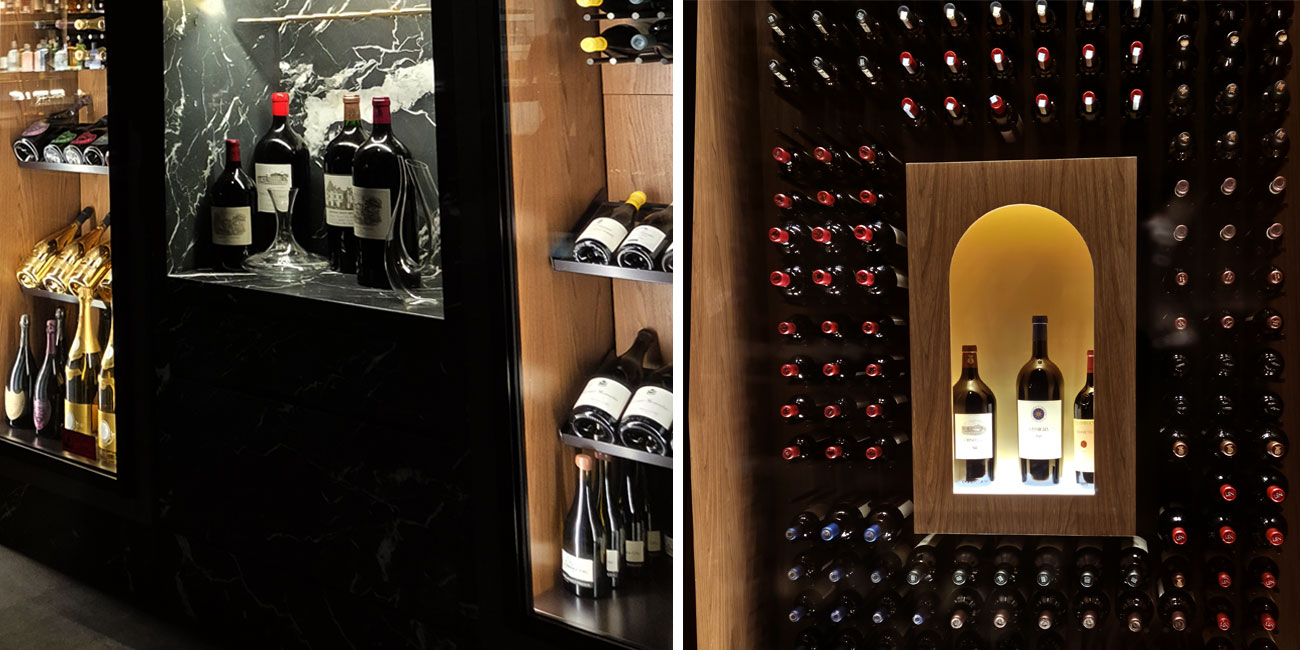
The lighting of a wine cellar plays an essential role not only in the conservation of wine but also in creating an atmosphere that enhances the sensory experience of the visitor. Each wine cellar has its own identity, shaped by the architecture. Well-designed lighting must harmonize with the ambiance, guiding the eye between wood shelves, natural stone walls, and neat rows of carefully stored bottles.
The general lighting is designed to create a warm and welcoming atmosphere, avoiding excessive areas of shadow that could compromise the usability of space. Even light distribution helps to maintain an elegant and refined ambiance, while strategic installation is essential to avoid direct reflections on bottles and limit glare. Diffuse light, with amber tones, provides a sophisticated and relaxing space, ideal for wine tasting and display.
Accent lighting enhances the bottles, emphasizing their details without altering their contents. Spot and uniform lighting empower the texture of the glass and the design of the labels, enhancing the chromatic depth of the wine without compromising its preservation. Mounting directly near the displays provides focused lighting that accentuates each bottle, achieving a balanced visual harmony in the cellar. Additionally, using amber LEDs optimizes light efficiency, enhancing details while preserving the wine's quality, thus contributing to a refined and engaging sensory experience.
These solutions lead to excellent results, ensuring total protection of the bottles from the harmful light spectrum. The elegant and sophisticated atmosphere, achieved through a blend of diffuse and accent lighting, transforms the wine cellar into an exclusive environment, perfect for tastings and presentations. The carefully designed lighting transforms every visit into a historical journey.
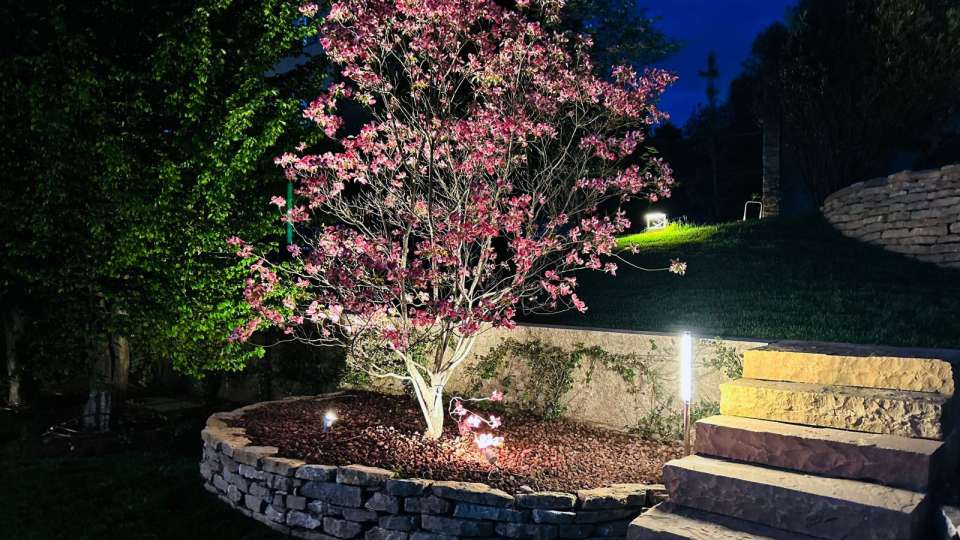
Outdoor lighting is much more than the simple act of installing a few fixtures around your home, it’s an art form that blends safety, functionality and ambiance into your garden, patio or poolside retreat. When done thoughtfully, the right light can transform any outdoor space into an enchanting extension of your living area: an inviting evening lounge, a dramatic backdrop for al fresco dinners or a quietly illuminated path that guides you home.
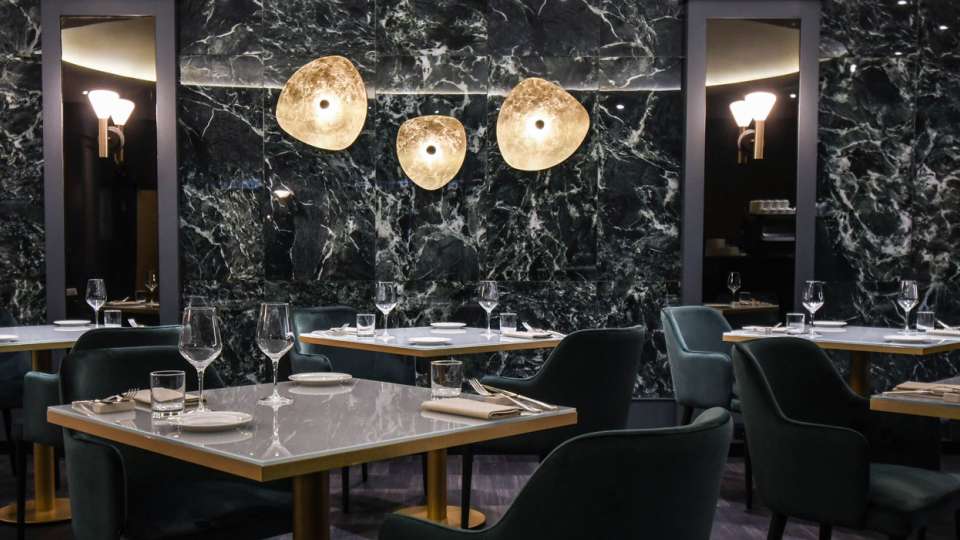
Lighting plays a key role in interior design, not only as a matter of functionality, but also because of its ability to transform spaces and influence our mood. New lighting trends in colour and materials focus on warm tones, bold combinations and advanced technologies.
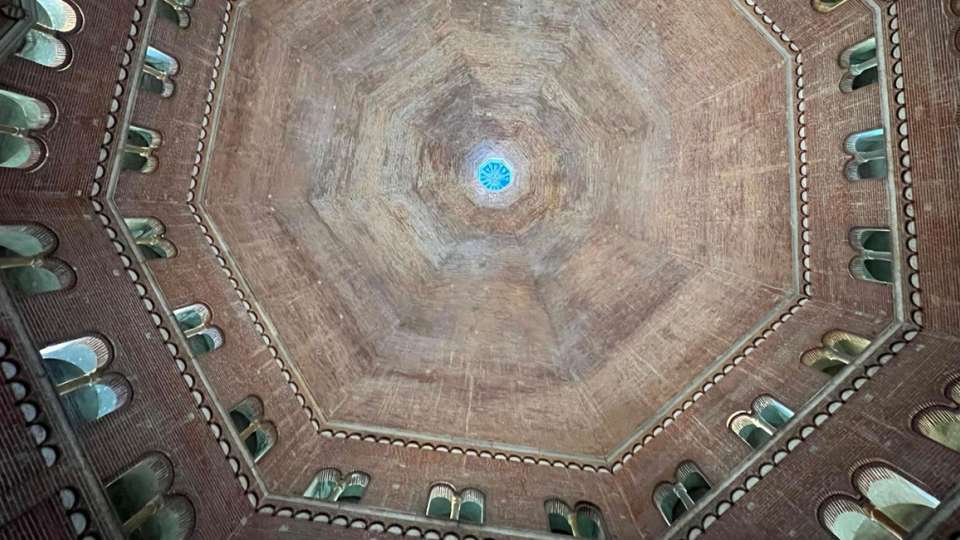
Lighting inside a sacred space is an essential aspect that defines the environment, enriches the spiritual experience and inspires a deep emotional involvement in those who enter it. Light, in all its forms, symbolically represents divinity and inner guidance in sacred places. Its use must be studied with particular care to respect the sacredness of the place, enhance spirituality and accompany the faithful on an inner journey.